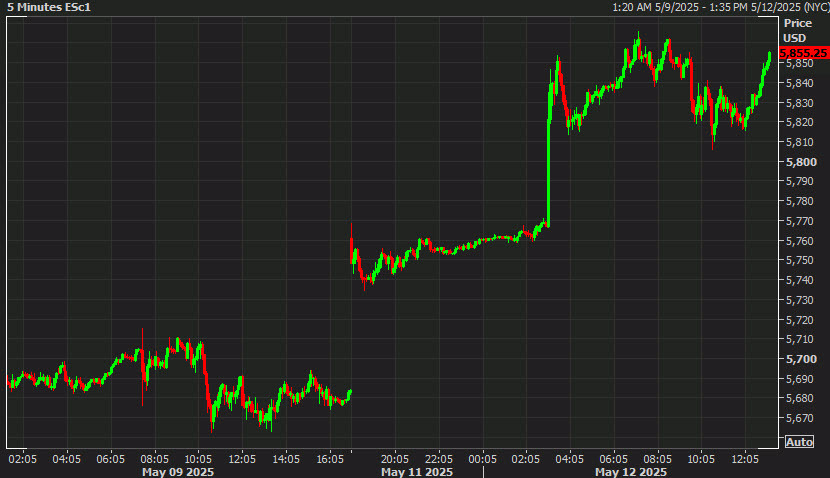Understanding Premarket Trading: Opportunities and Market Movers
Premarket trading is a crucial time for both novice and seasoned investors. It offers an early glimpse into the mood of the markets before regular hours begin. By examining premarket movements, traders can spot opportunities and prepare for swings that might shape their day.

What Is Premarket Trading?
Premarket trading refers to buying and selling stocks before the official trading session starts. In the U.S., this typically runs from 4:00 a.m. to 9:30 a.m. Eastern Time. Volumes are lighter, but price swings can be significant, especially after major news or corporate earnings.
Brokers that offer premarket access empower traders to react swiftly to overnight events. The earlier session can set the stage for the day and often hints at market direction.
Why Does Premarket Trading Matter?
During premarket trading, significant news can drive strong price moves in top indices. For instance, S&P 500 futures often become a bellwether for trader sentiment. Sharp changes can reveal how investors may respond once markets open.
Corporate earnings, global economic data, or geopolitical headlines tend to spark volatility. Quick action in the premarket session allows traders to respond before most others can act.
Key Market Movers in the Early Hours
The broader market reacts to both domestic and global news during premarket trading. According to StreetInsider’s latest coverage, S&P futures surged after a US-China tariff pause. Such developments highlight how international events impact U.S. markets before regular trading begins.
Stocks listed on indexes like the S&P 500 and Nasdaq often see the most volume and volatility. When futures point higher in premarket hours, it can signal positive momentum for the session ahead.
Strategies and Considerations
Premarket trading offers unique opportunities, but also comes with risks. Lower liquidity can mean wider spreads and increased volatility. As noted by ForexLive, sudden rallies in futures can indicate strong buying interest but also expose traders to swift reversals.
Active traders should utilize limit orders to manage risk. It's also wise to monitor breaking news and premarket movers, as unexpected headlines can shift trends rapidly.
Conclusion
Premarket trading provides valuable insights into the market's direction. Whether you're a day trader or long-term investor, observing early morning action allows for informed decisions and timely moves. Stay updated on international headlines and keep an eye on major indices for the best perspective on what might drive the day ahead.